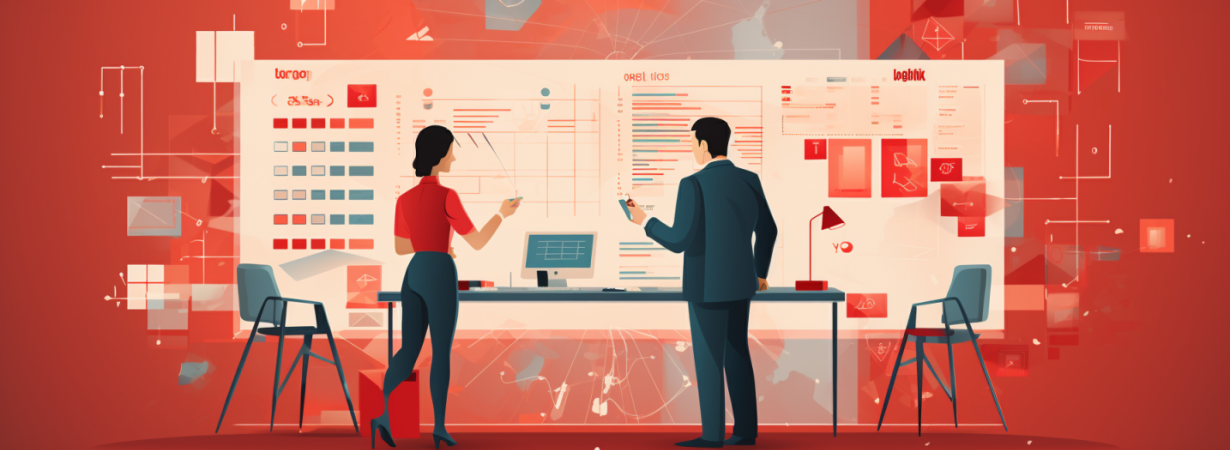Employee experience as a product: How and why to treat employees as valued customers
- 6 Min Read
Rishita Jones introduces the concept of employee experience as a product to tackle the employee disengagement crisis
- Author: Rishita Jones
- Date published: Dec 4, 2023
- Categories

Employee experience has undergone a transformative journey. What was once a buzzword has now emerged as a mainstay of HR strategy, and for good reason. The employee experience possesses the remarkable power to mold a company’s culture, magnetize top-tier talent, and profoundly impact the bottom line. Nonetheless, the current statistics present a stark reality.
Gallup’s recent surveys underscore a concerning fact: a staggering 77% of employees across the globe report feeling disengaged at work. To put it in perspective, disengaged employees are 37% more likely to be absent from work, 18% less productive, and 15% less profitable for their organizations. In addition, Gallup’s report in 2022 reveals that employees who are not engaged or are actively disengaged cost the world a staggering $7.8 trillion in lost productivity.
The traditional approach to the employee experience needs a substantial revamp. The time has come for a paradigm shift in our approach. Rather than treating the employee experience as an end in itself, we must acknowledge that it’s an outcome—a product of specific conditions. This is where I introduce the concept of the employee experience as a product.
Embracing employee experience as a product: The product mindset
At first glance, the idea of applying a product mindset to the realm of Human Resources might seem unconventional. After all, HR has traditionally focused on personnel management, compliance, and workforce administration. However, as the world of work undergoes rapid transformation, HR must evolve to meet the changing needs of both organizations and employees. Embracing a product mindset in HR holds the key to unlocking a world of possibilities.
In the world of product development, the user is at the heart of every decision. Successful products are not just about features and functions; they are about providing value to the end-users. Similarly, center the management of employee experience in HR around the employees themselves.
In essence, every service we deliver to employees must serve a distinct purpose. It should either solve a pressing problem or fulfill a specific need. If it doesn’t directly address a problem or meet a tangible need, the likelihood of it adding (substantial) value becomes increasingly questionable.
A user-centric approach
To apply the product mindset and achieve employee experience as a product, it’s essential to shift from a process-centric approach to a user-centric one. This means that HR professionals need to view employees as their primary customers and consider their needs, preferences, and feedback at the core of every HR initiative.
Just as a product developer meticulously studies their target audience to create a product that meets their expectations and solves their problems, HR leaders must take the time to truly understand their employees. This understanding goes beyond mere demographics; it delves into their motivations, goals, challenges, and aspirations. While traditional forms of employee listening like pulse surveys are prevalent in nearly all organizations, product management teaches us the power of Empathy.

Empathy in HR is not just about collecting data or ticking boxes; it’s about stepping into the shoes of employees, feeling what they feel, and seeing the workplace through their eyes. An Empathy map can help with this process.
Empathy mapping involves creating visual representations with different sections to gain insights into the thoughts, emotions, actions, and needs of individuals, in this case, employees. These sections typically encompass what the employee “Says” in terms of explicit needs, what the employee “Thinks” but might not voice, their “Feelings” including positive and negative emotions, what they “Do” in their interactions within the organization, and sometimes “Pains” (challenges) and “Gains” (desired outcomes) to pinpoint areas where empathy can be particularly impactful.
Crafting employee experience as a product
Product development involves creating user-friendly, intuitive, and valuable solutions. In HR, this translates to designing the employee experience in an employee-centric way. Think of it as the interface through which employees interact with the organization.
In practice, this means placing a premium on personalization, tailoring HR processes and benefits to suit the diverse preferences and needs of individual employees. It involves the use of persona mapping to craft employee profiles facilitating targeted, empathetic experiences.
Additionally, feedback loops become integral in shaping the employee experience, actively soliciting input and insights from employees to adapt HR practices accordingly. These principles, when coupled with user-centered design and continuous improvement, help HR foster an environment where the employee experience is intuitive, deeply personalized, and marked by ongoing enhancements. In doing so, HR not only optimizes its processes but also forges a workplace where employees genuinely feel valued and empowered.
Data-driven decision-making
A critical aspect of the product mindset is data-driven decision-making. Product managers use data to track the performance of their products, analyze user behavior, and identify areas for improvement.
Tracking conventional HR metrics, such as employee satisfaction, retention rates, and engagement, offers valuable insights into the performance of HR practices. However, to take this approach to the next level, HR can draw inspiration from product thinking. By incorporating techniques like user journey mapping, HR gains a deeper understanding of the employee experience at various touchpoints in their tenure. This advanced understanding empowers HR to identify specific pain points, recognize disengagement triggers, and discover exceptional opportunities for improvement.
A culture of continuous improvement
Just as successful products are never static but continually evolve, the employee experience should be subject to ongoing enhancement. Embracing a culture of continuous improvement is at the core of the product mindset.
HR professionals should routinely refine their services using employee feedback and data. This ensures the employee experience stays aligned with evolving work dynamics and employee expectations. Beyond the internal realm of HR practices, the future of work presents challenges that impact how the employee experience is shaped. Factors like the rise of remote work and of digital technologies, and the shifting expectations of a multi-generational workforce require constant vigilance.
In addition, HR professionals must remain attuned to the latest trends in product development to avoid falling behind. Participating in industry events such as conferences provides a direct window into the latest insights and innovations in product development and user experience that inspire the creation of an employee experience that keeps pace with the future of work and remains truly exceptional.
Applying a product mindset to HR is not about treating employees as commodities but rather as valued customers. It’s about recognizing that the success of HR initiatives hinges on their ability to provide real value to employees. By doing so, HR can become an engine of innovation, adaptability, and positive change, ultimately shaping an employee experience that is second to none.
Are you ready to step into the future of HR? The employee experience awaits transformation.
Recognized as one of the top global HR influencers, Rishita Jones is an author, keynote speaker and an international consultant specialised in the future of work. Her work as a transformation and change specialist is centred around creating democratic workplaces with a people focused strategy based on trust, transparency and autonomy.









